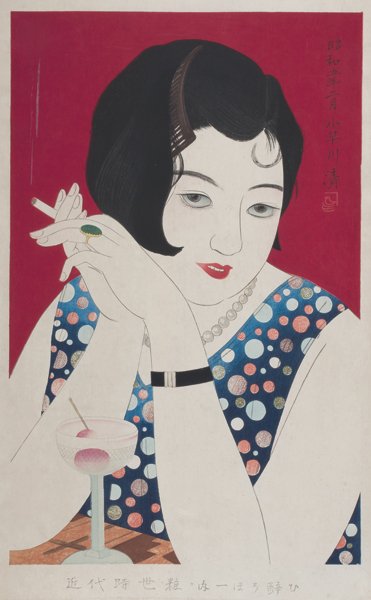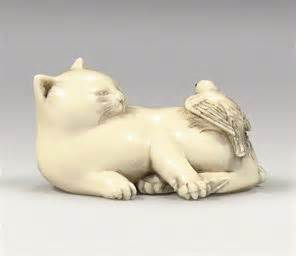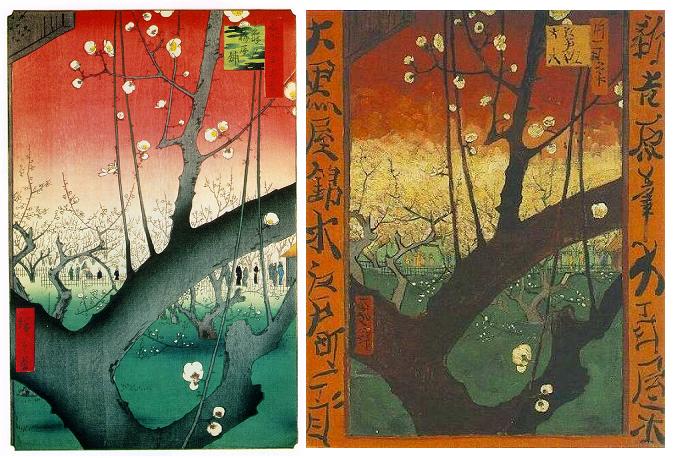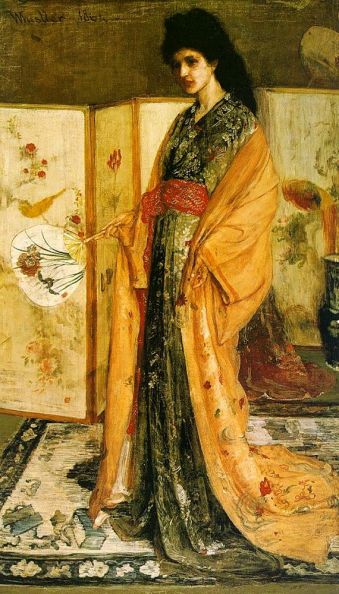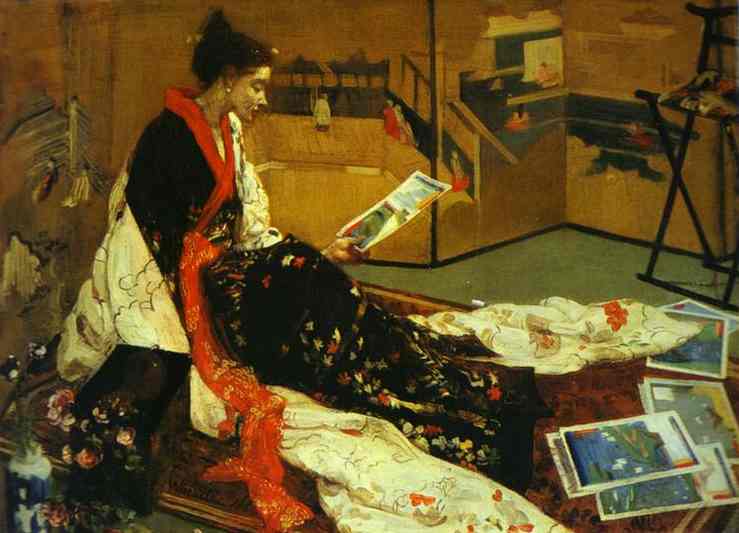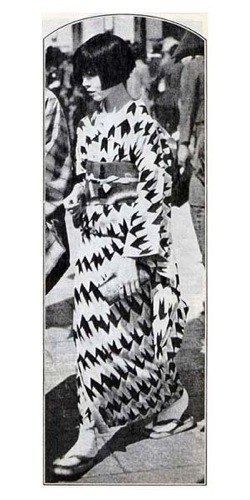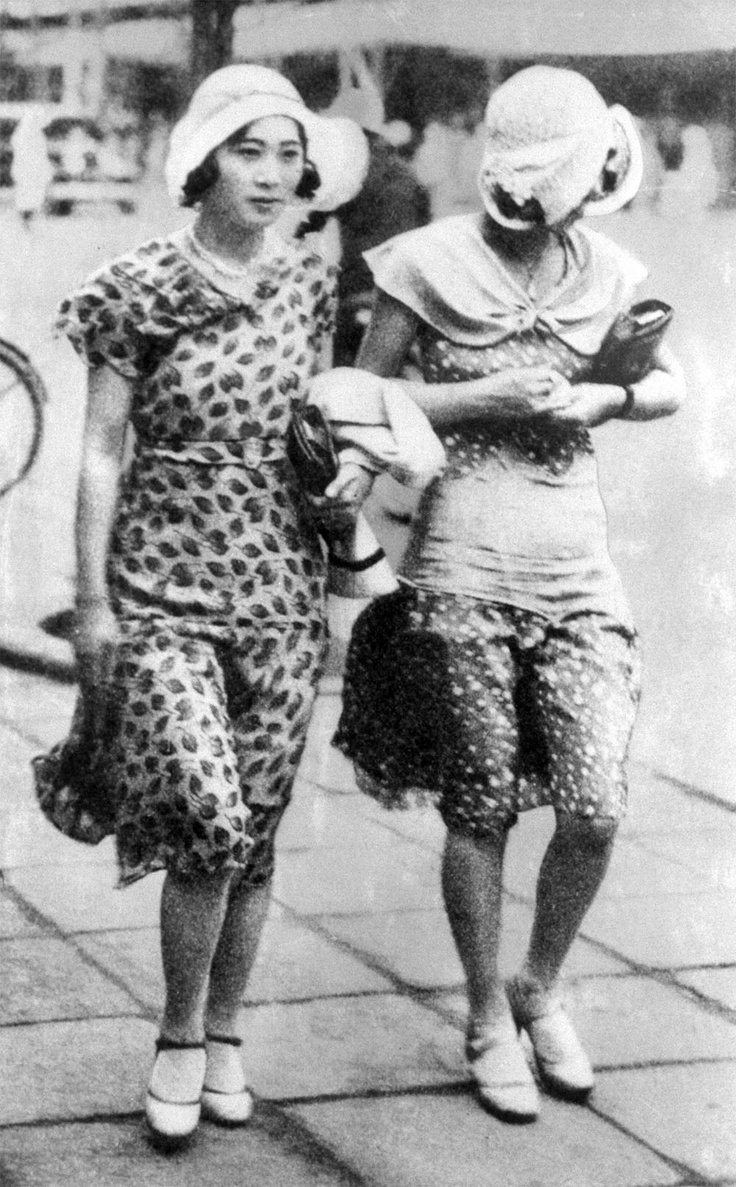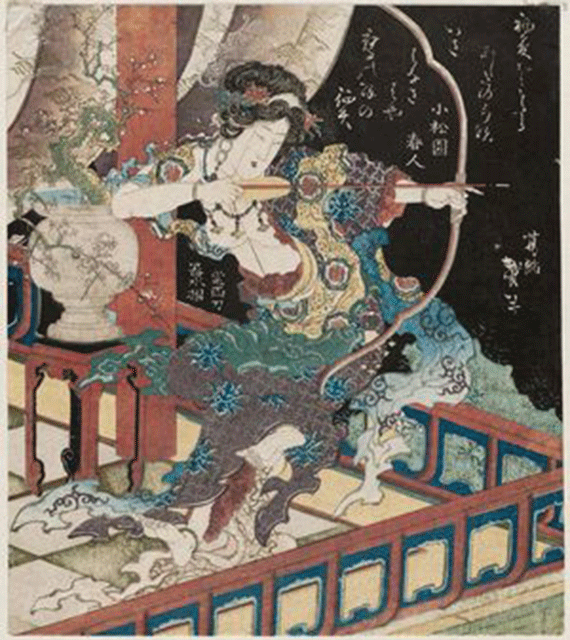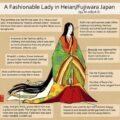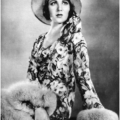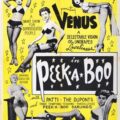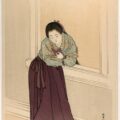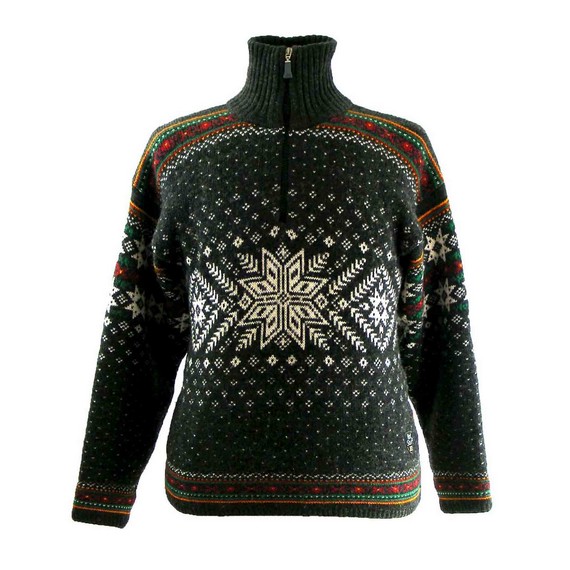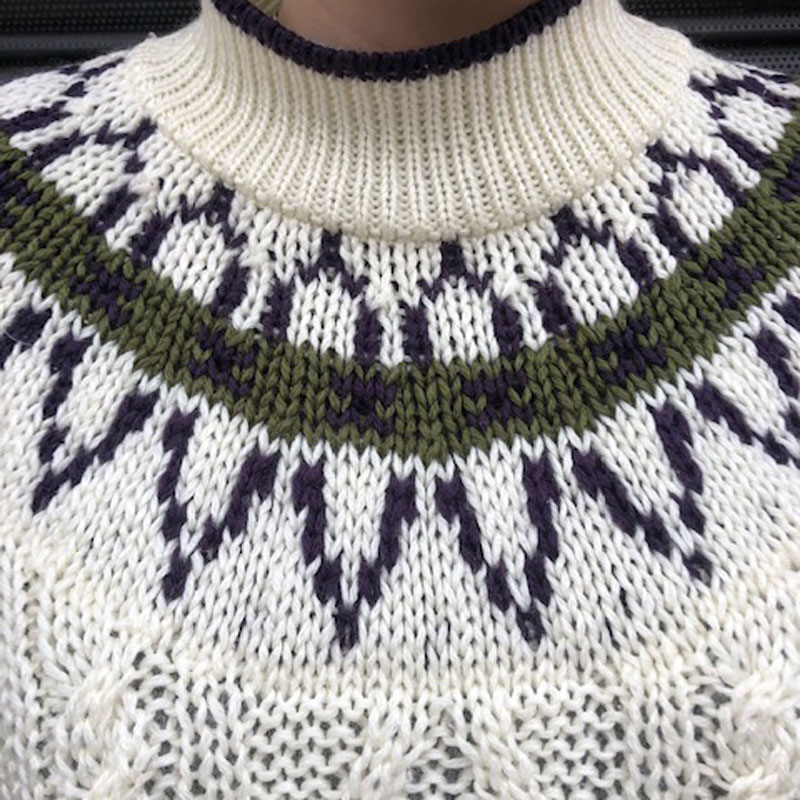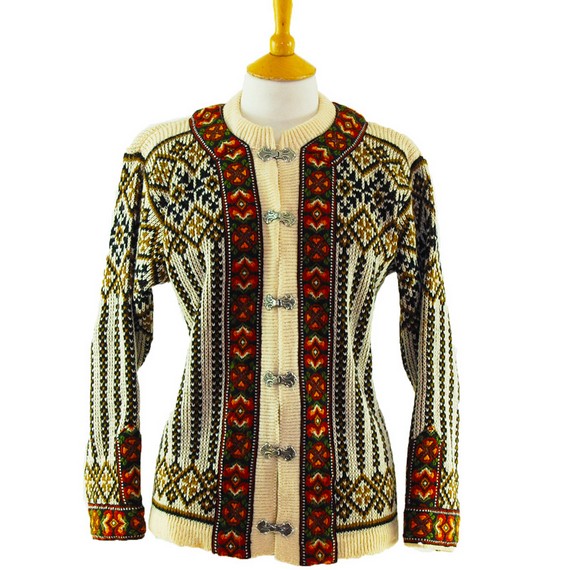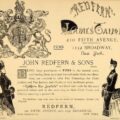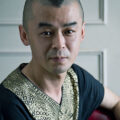Japanese fashion Influences In Western Fashion
September 5, 2014The silky feel of a lustrously embroidered kimono wrapped around your shoulders first thing in the morning has to be one of the best reasons for getting out of bed. It’s been worn in Japan for centuries, of course, but Japanese fashion has been popular in Britain for over a hundred years now, too. It can surely be ranked a classic of fashion.
Japanese and Western Fashion Influences
Japan and foreign trade
When Japan first opened its gates to foreign trade in 1853, it was after 200 years of Japan’s self imposed seclusion. So, you can imagine how much the Western world’s imagination was sparked. A major craze for imported Japanese objects began, with collectors exclaiming over the amazing craftsmanship, techniques, and design of things like metalwork, lacquer ware, carvings, paintings, and fabrics.
Shops opened stuffed to the gills with these curios, and rich British collectors often popped over to the best in Paris to pick up a lacquered screen, a richly painted scroll, beautiful kimono, or a couple of intricately carved netsuke, the walnut sized sculptures in wood or ivory designed to hang from a Japanese man’s belt.
Artists were inspired by this bounty, and either tried to copy the style of Japanese work, very literally in the case of Vincent van Gogh (Famous Japanese printmaker Hiroshige’s work is on the left, Van Gogh’s copy on the right)
Or alternatively, they were inspired, like James McNeil Whistler, to dress their usual models in sumptuous Japanese outfits, complete with Japanese props.
Japanese fashion influences on the West
Although artists were expressing their fascination about ten years after Japan was made accessible, it was not until maybe 40 years later, right at the turn of the century, that fashion picked up the Eastern theme, and ran with it. Jeanne Paquin, Paul Poiret, Charles Worth, the Callot Sisters, and Mariano Fortuny adored the opulent fabrics and flowing lines of tradional Eastern styling, and in 1910 created dresses in velvets and silks with heavy embroidery. They were worn partly with fashionable Western Accessories, such as enormous hats and gloves, and partly eastern – parasols and fans.
Western influence
As this fashion began to fade and the fearsome flapper came on the scene, with her brief dresses and reputation for even briefer morals, something interesting happened. Japanese women reversed the trend, and became influenced by British fashions and ways.
“Moga”, or modern girls, like their scandalous British counterparts, cropped their hair, wore lipstick and smoked cigarettes. They did this while wearing traditional kimono, or, even worse, they did it while wearing western dress.
As Japanese men had adopted the Western three piece business suit before them, fashionable women wore tea dresses, and sun hats which charmingly framed their sharply bobbed hair.
From then on fashion revolution was in the air, and fashion ideas freely shared and adopted between continents.
Japanese and Western Fashion Influences :Part 2
Perhaps the greatest difference in traditional Japanese clothing versus Western clothing is that Western designers attempt to construct clothes in order to enhance, reveal, or mould a female body into narrow concepts of a desirable body shape of one type or another.
A Moon Goddess enjoys some air
Japanese fashion design is traditionally rather different, and works on a concept of a flat piece of fabric, constructed in simple rectangular shapes which do not waste fabric, and are not cut or shaped with darts.
The kimono does not require a corset or bra. The emphasis of a kimono ends up on the fabric itself and its decoration, rather than its form, which hasn’t deviated for hundreds of years.
In fact, this abstract approach means that each standardized kimono shape creates an individuality of form because it adapts to each different body, and sits on it differently, rather than Western clothing, which attempts to adapt the body to suit the clothing – in other words, Western clothing wears the wearer.
Zen concept – “Ma”
Some Japanese fashion designers, such as Yohji Yamamoto, design not the cloth, nor the body, but the space in between. This is a Zen Japanese concept called “Ma”. Ma is the pause between words in haiku poetry, the flowers left out of the arrangement of ikebana. It is a minimalist idea of negative space, or air. These designers aim to make clothing in which the Ma is unique to each wearer.
From the 1920s onwards it became fashionable for Japanese high society women to look to the West for their fashion fix, although they never abandoned their beautiful silk kimonos, each embroidered according to the season.
Japanese men also adopted the Western three piece suit increasingly – here is the Emperor Shōwa and his wife, the Empress Kōjun in the 20s, just before being invested.
The Emperor Shōwa and Empress Kōjun to be – 1920s
It wasn’t until the 50s that a true collision of East and West happened again in terms of designers.
At first it was a rather timid matter of details,
But soon Western designers started rocking that Japanese influence.
In return, Japanese fashion designers really rocked Japanese features for a Western audience.
These graphic designs are based on traditional kabuki masks.
Western designers started to look at ideas of both space in a garment, and fantastic fabrics.
It is in the collision of Western and Eastern ideas and techniques that some truly amazing, original design has occurred.
Japanese fashion designers began to deliberately address the Western view of the body in the late 80s and the 90s, creating deliberately distorted and degraded clothes.
In return, the Belgian Designer Martin Margiela looked at the Japanese design of flat clothes, designing a suit which hung entirely flat on a rail, whilst still being wearable.
Both Japanese and Western designers also looked at traditional Japanese origami folding and shibori cloth working techniques.
Issey Miyake is famed for his “Pleats Please” range and Maurizio Galante features shibori in an innovative way. Junya Watanabe also creates amazing, three-dimensional honeycombs of fabric.
Western style pundits have recently become fascinated by the fierce and whimsical street style of Japanese teens who hang out in the Harjuku district of Tokyo.
Pop star Gwen Stephani also adores their style, nicking it for her backing singers and naming a song after them (“Harajuku Girls”).
Lady Gaga is quite the Japanophile pop star too, as is Katy Perry.
But to be honest, David Bowie got there first.
Callot Sisters, 1912
Paul Poiret, 1910
Frederick Worth, 1910
Jeanne Paquin, 1912
Mariano Fortuny, 1910
Givenchy Evening Gown, 1955
Pierre Balmain Evening Gown, 1956
Dior Dress ,1958
Givenchy Evening Gown, 1955
Pierre Balmain Evening Gown, 1956
Dior Dress ,1958
Balenciaga single seam wedding dress, 1967
Kansai Yamamoto cape and jumpsuit, 1971
Balenciaga single seam wedding dress, 1967
Rei Kawakubo Dress ,1997
Yohji Yamamoto ensemble, 1983
Martin Margiela jacket, 1998
Rei Kawakubo ensemble,1983.
Issey Miyake Dress, 1997
Maurizio Galante Top, 1992
Junya Wantabe Jacket and Skirt, 2000
Harajuku teens
Gwen Stephani and her Harajuku Girls
Lady Gaga in her Hello Kitty Gown
Katy Perry in her Hello Kitty Corset.
David Bowie stage outfits, 1973, designed Kansai Yamamoto by and based on traditional Kabuki Theatre costumes
.
David_Bowie_Yamamoto_stage_costume_70s



